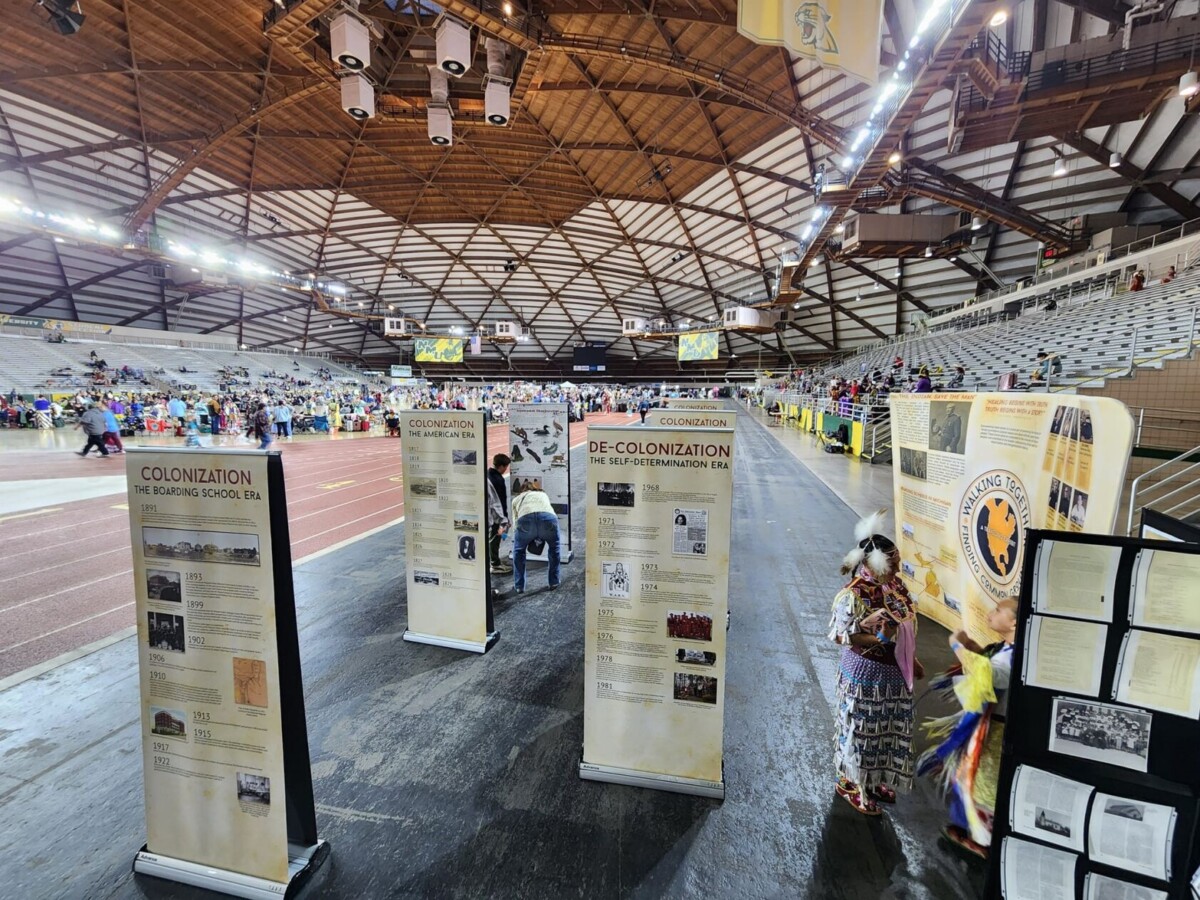A recent travelling museum exhibit displayed by the Episcopal (Anglican) Church in Northern Michigan raises some interesting questions about online access, and the outcomes of taking accountability for historical wrongs.
The Northern Michigan Diocese of the Episcopal Church has launched a travelling exhibit, intended as a step towards reconciliation with indigenous people in the area, which engages with the impact of the residential schools system on First Nations people in the United States. These schools were intended to assimilate native children into the dominant culture of the United States, and to erase indigenous languages and cultural practices. The exhibit designers have sought to document ‘how Indigenous boarding schools’ legacy continues to impact Native American people today’, through survivors’ personal narratives, and also to tell histories and cultural practices of Anishinaabe people (one of several tribes in the region) through to the present day.
After reading this article, I had two responses to it that may inform our ongoing mahi at He Taonga Tuku Iho. Though there are many elements of digital material in this exhibition (QR codes to connect to survivors telling their stories, for instance), it is a physical, touring exhibition. The rationale for the physicality of the exhibition is not explored in this article, but those who created it clearly expect there to be benefits from people interacting with it in a physical space. How will we balance physical accessibility with technological accessibility?
Second: when telling stories about historical violence and injustice, particularly stories which continue to resonate with or circumscribe the lives of descendants of those targeted by that violence and injustice, should reconciliation be the expected outcome? Reconciliation is a two-way process, a moving towards one another. Is creating an exhibition in hopes that it will lead to reconciliation impelling victims to behave in a proscribed way in the present?

